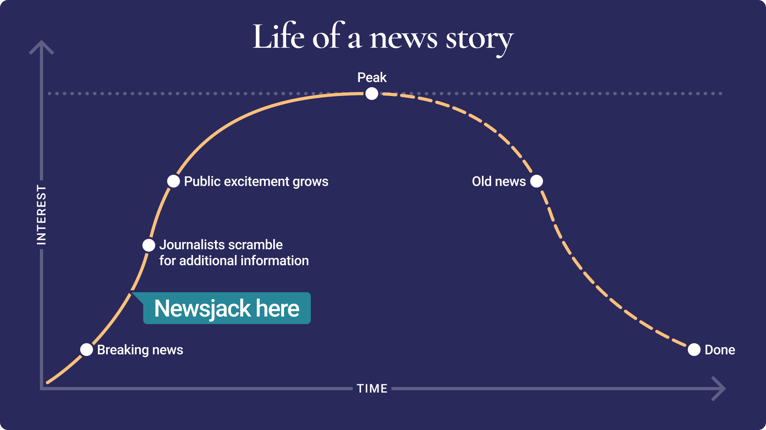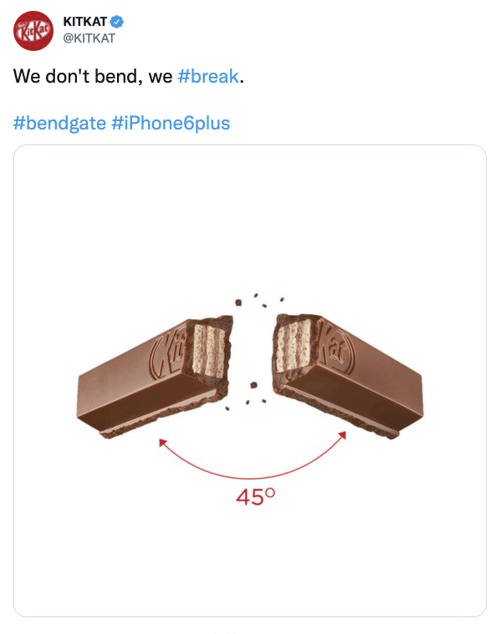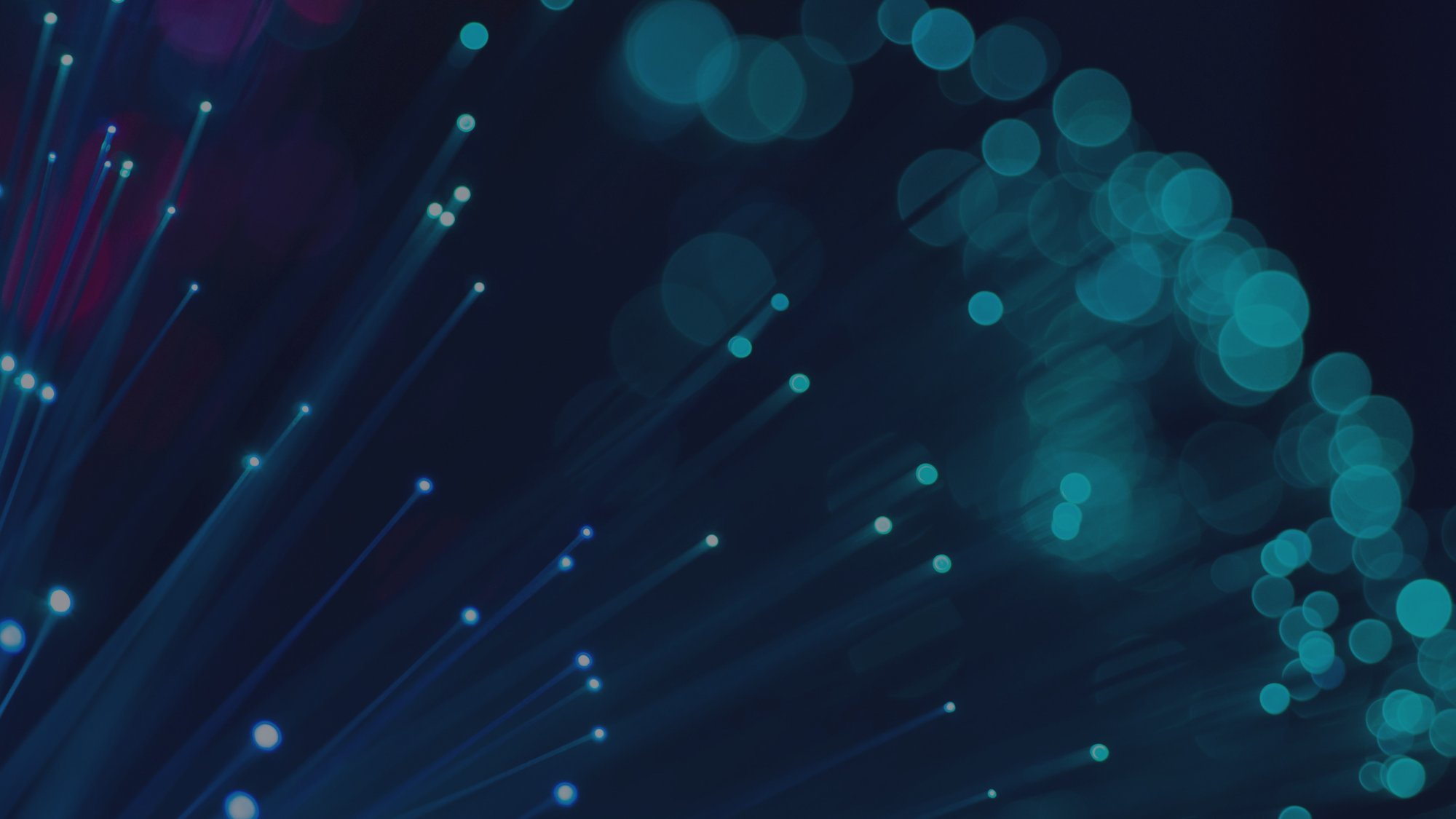The complete guide on how to monitor, understand and report on your media coverage.
Communication professionals – this guide is for you
Have you ever felt disconnected from the effect your work actually has “out there”, or struggled to explain its value to internal stakeholders? Do you already have a media monitoring service, but feel unsure how to translate the information into brilliant insights and sound new ideas your board can’t wait to take action on?
Read on, friend! Here at Retriever, 100+ media experts work every day to transform the constant stream of data our media monitoring service provides us with, into the key insights our customers need to act on.
We live and breathe media monitoring because we see its value to every single company we work with. In this guide, we hope we can give you as comprehensive of a guide as we can to its nuts and bolts, and maybe help infuse some of our passion to your own media monitoring initiatives.
Jump in!
What is media monitoring?
We all understand the basic premise of media monitoring: it’s the dogged information gathering that communication professionals have always performed in order to capture the conversation happening around their brand. In ancient times, we were the spies sent by Caesar to snoop on conversations in the market square. Today, we are the data driven prophets plugged into everything from editorial thought pieces on our industry to the smallest review on social media.
Back in 1850, the software tools used for media monitoring consisted of a pair of scissors and a vat of glue to collect “clippings” from traditional newspapers. Today, the scissors are manned by a range of software tools to help savvy PR and marketing professionals to follow relevant conversations happening across all available media - across TV, radio, digital papers, social networks and more.
Of course, the point of monitoring isn’t simply to see our own name in “print”. We want to get real answers to the most important questions: what do people think of us - really? Of our new product, our customer care, that weird comment our CEO made during his interview last week? Who are the real influencers in our niche? What trends are changing our industry? What are our biggest future competitors up to?
Media monitoring can sound like an extra, a small vanity project or maybe a hygiene factor for only the truly big companies. But as you, our brilliant professional, know - perception is value. And so is customer insight. Media monitoring done right isn’t really about collecting “clippings”: it’s about insights, and the actions this timely new information helps us take. Because the more we understand the conversation, the better chance we have of ultimately shaping it.
Why should PR and marketing do media monitoring?
We are probably preaching to the choir, and you already understand that media monitoring is a must for communication professionals. Tackling our task without outside information means working blindly, and handicapping ourselves against the competition.
Do the right people even know about your brand? Do they understand what you actually do? How do they feel about you? These can be challenging questions to ask, but the courage to ask them and the investment in a media monitoring tool to collect deeper answers will take your brand much farther compared to those who never dare dive in.
Media monitoring helps you not only measure your market penetration and share of voice, but also spot misconceptions around your brand or product as they arise: take control of your brand reputation and customer sentiment; understand your target audience in its own context and, simply put - make better informed decisions armed with a flow of relevant data.
- Capture brand sentiment
Ah, brand sentiment. Gone are the days of relying on the occasional focus group to understand how your brand might be perceived “out there”. Today, modern media monitoring tools let you have the unedited version of outside opinion, and often help you process it into buckets of positive and negative sentiment to allow for measurement of its development over time. - Proactive crisis management
It can take years to build a strong and positive brand reputation, and a span of mere hours to lose it, in a world where information can go viral faster than you can say “PR crisis”. A quick and fully informed response before a conversation escalates is critical to get ahead of the storm, and get control of the narrative. In your media monitoring tool, make sure to set an alert for any dramatic upswing of mentions in order to catch any crisis early: a good tool or service will of course do this for you. - Understand your audience
Have you ever been stumped on what to name your new blog post or YouTube video to make sure your audience can find it? Do you ever feel unsure whether you and your target demographic are speaking the same language? Media monitoring helps you bridge the communication gap so you don’t go on about your new “SMS tool” while your future customers are out there begging for a good “text messaging platform”. Similarly, trying to sell your new vegan burger for looking as meaty as possible when your audience is actively debating the climate impact of different vegan products is a lost opportunity. - Measure the impact of PR and marketing
Gone are the days of guessing at what works. Monitoring solutions today help us understand the full effect of our campaigns, but also prove the value of our work. When we can measure our contribution we can learn from every initiative, draw novel insights, and finally prove the value of our work. More on this in What KPI should you track with media monitoring? - Identify key journalists and influencers
Another brilliant thing media monitoring helps you do is discover the right voices to approach, whether it’s for getting attention on your press release or striking up an influencer partnership. You want to find the people that fit your brand aims: the ones who know your business, have used your product, are genuinely influential in the conversation and can become your advocates. With this kind of voice in your corner, your PR and marketing can assure relevance and honesty - a refreshing competitive advantage in a world full of weak and transparent partnerships.
One tip is to think of the list of identified influencers in your industry as a complete resource, and not limit yourself to the ones already friendly to you. For example, maybe one journalist covers your competitors extensively: why not reach out and tell them how you are different? Or maybe you have a detractor - great, strike up a conversation and try to understand what they are missing or have been put off by in the past.
Monitoring helps you quickly spot:
- Journalists covering your industry
- Influential voices
- Detractors (these influence opinion, too!)
"Live" content marketing
There is one last and powerful application of media monitoring: analyzing large scale trends and keywords to inform content creation. Capturing where the current conversation is and acting quickly to enter it can drive massive PR dividends, allowing you to piggyback off what is relevant to your customers right now.
Newsjacking
One example of this application is known as “newsjacking”, that is, inserting your brand into a larger news story or conversation as a form of real time brand communication. Success requires getting in on the ground floor early enough to become part of the emerging news story - and to spot that ground floor quick enough, real time media monitoring is essential.
Perhaps the most (in)famous example of newsjacking is the lightning fast move made by Oreo during the Super Bowl power outage in 2013, “Dunk in the dark”, netting them an immediate place in marketing history. Oreo pioneered modern newsjacking with a massive increase in brand awareness and followers, to boot.

Other brands were quick to learn: as the iPhone6 model experienced issues and #bendgate started trending in 2014, KitKat was fast off the mark.

These and other creative inserts were made possible through an active monitoring of trending hashtags and keywords. Keep in mind, though, that your newsjacking adventures - especially if in the B2B space - are much safer from backfire if closely connected to your own core business, and relevant to the target audience.
What should you monitor?
- Brand and product mentions
The most basic variable, monitoring mentions of your brand in the wild. Don’t forget to track common misspellings, product specific names, and associated slogans as well to make sure to get the full picture. - Your competitors
You know what they say - keep your friends close, and your enemies closer! Don’t forget to keep an eye on your competition to get early warning of any shifts. Adjust your product roadmap and messaging accordingly, copy their successful moves (and learn from the unsuccessful ones), and spot untapped opportunities.
Isn’t it great to remind everyone how your own product have won prizes for being environmentally conscious at the same time as your main competitor is fending off a crisis about being the opposite? - Relevant keywords
Only you know what might be relevant - but just make sure to include keywords that can lead you to current content ideas and industry trends. If you are in the vegan foods business, for example, “meat free alternatives” might be a good topic to stay on top of. With digitalization, market change can hit quickly and unexpectedly: make sure your company is never caught unawares, and you will become the hero of the boardroom. - Hashtags
The more you engage in media monitoring, the easier following the right hashtags will be - but to start off with, make sure to capture any hashtags related to your own campaigns. A good monitoring tool or service will help you identify the right general hashtags to stay on top of. - Key front figures
Lastly, don’t forget to monitor the personal brand of your key representatives. This is not just a proactive way to catch a brewing crisis in time: it is also a tool for you to understand and leverage the strength of personal brands, and spot and handle potential conflicts between the two. (For example, maybe your new COO for VeganVanguard Inc shouldn’t have posted his best steak recipe this morning, while your CFO seems to be a real LinkedIn superstar ready to be launched more strategically.) - Geographical and community trends
Imagine you are a real estate developer about to dig a new site, a restaurant chain planning on expanding your vegan restaurants to a new location, or maybe you cater to a niche community of strategic board gamers.
Wouldn’t it be great to know whether chatter about vegan lifestyle is more concentrated in specific cities? Whether your new development site is coming under attack for contributing to gentrification? Or that most of your board gamer audience is all abuzz about a new fantasy book series you might want to collaborate with? We are all part of a larger context at all times - find that context, and stay informed on its emerging risks and promising opportunities. -
More tips and tricks on how to set up you media monitoring here.
What KPI should you track with media monitoring?
PR and marketing efforts to strengthen the company brand often go unnoticed or undervalued: historically, our profession has struggled with making a clear connection between what we do, and the monetary bottom line. With modern media monitoring we can see and share results in a simple and quantifiable way.
Remember, media monitoring helps us answer the following questions:
- Who is talking about our brand?
- What are they saying?
- Where are they saying it?
- How do they feel about our messaging?
But how can we communicate these answers in KPI format, helping us both understand and explain how current efforts are performing? By looking at the right metrics. A good media monitoring service will help you track the following:
- Volume of mentions
This is a very basic media monitoring metric, telling you how popular your selected keywords are across different platforms. - Brand sentiment
Also known as “sentiment analysis”, this is the sister metric to the volume of mentions. They are best understood in light of each other. Volume matters little if the context is wrong (maybe we got everybody talking - about how terrible our customer service is!), and conversely, positive sentiment is irrelevant if the volume just isn’t there.
Media monitoring tools can help us quantify sentiment along the axis of positive and negative, aggregating data to form a clear picture of how people feel about your brand - overall. This type of analysis is not new. But being able to measure the quality of our brand efforts on a daily basis? Revolutionary. - Brand engagement
Social media has completely changed the game for PR and marketing, making two-way communication possible and allowing us to gauge audience reaction in real time. We can measure brand engagement through likes, comments, and shares to understand how our message resonates. And that’s not all: the higher our content ranks on engagement metrics on social, the higher visibility it gets, making this a particularly important metric if you are active on social media. - Share of voice
This very important metric can tell you not only how much of the conversation - and indirectly of the market - you “own”, but also how that share differs across platforms. This lets you pinpoint where to invest your resources and in what way.
For example, if you are already a strong voice in traditional print media but barely visible on social media, your challenge will be to get the most strategic value out of your strong editorial position while building up a presence on key social platforms as a first step.
Is media monitoring worth the cost?
Tracking sentiment, industry trends, competitor initiatives, and customer complaints is just about a full time job on its own. Analysing and summarizing that information is yet another! This is where the new generation of media monitoring tools shine.
Think of it like this: would you rather spend a significant sum when things have already gone wrong somewhere to answer just one of your queries, or invest a smaller sum on a regular basis to have a daily finger on the pulse - with key insights and metrics pre-packaged for you?
Labor savings aside, a good media monitoring service in the right hands can be a massive value booster across your organisation. While media monitoring is still widely misunderstood as merely a crisis prevention tool, this is a misconception that often testifies to poor understanding of the full range of applications it makes possible for a smart PR and marketing team.
Think of the following superpowers media monitoring unlocks:
- Finding and acting on customer generated product ideas
- Proactively shaping your brand sentiment on social media
- Understanding why customers start and stop using your service
- Monitoring the impact of PR efforts and product changes
- Identifying the right channels and influencers to invest in
- Gauging the efficacy of your customer care initiatives
- Being an informed and engaged part of industry conversations
- Spotting emerging market shifts, risks, and opportunities
- Track user generated content about your brand
- Get alerted of brand misuse and/or infringement
These perks are not just nice extras, they are key value drivers that make your work an important source of insights across an organisation. In sum, “is this worth it?” is really the wrong question. A more relevant question would be: “can we afford to miss out on these insights?”
What’s your next step in media monitoring?
Here at Retriever, 100+ media experts work every day to provide the key insights our customers need to act on. We understand the power of tools that help us sift down to the key information that takes your brand work to the next level. And we are more than happy to share both our tools and expertise with you through any of the monitoring solutions in the Retriever Editorial suite.
Curious to see Retriever media monitoring in action? Book a quick chat with one of our friendly consultants below or read all about our monitoring services here!
Fill in your contact information below and we will contact you as soon as we can.
Table of contents








